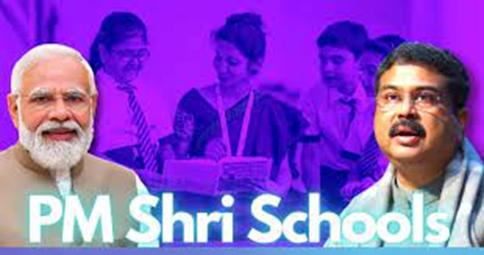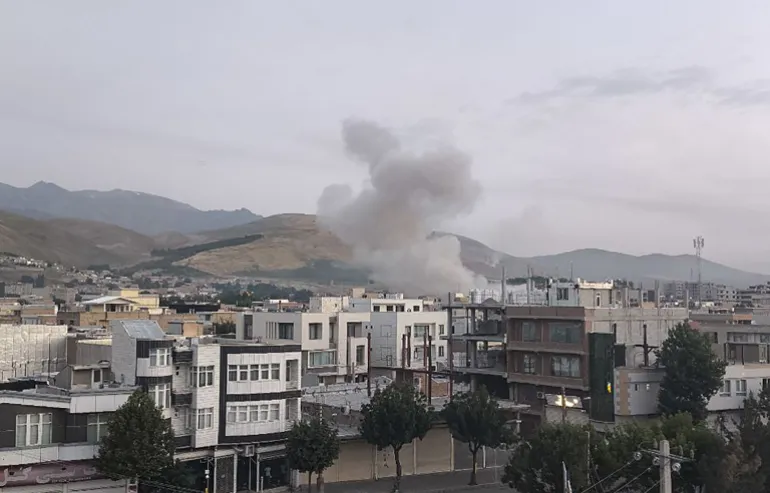- Courses
- GS Full Course 1 Year
- GS Full Course 2 Year
- GS Full Course 3 Year
- GS Full Course Till Selection
- Answer Alpha: Mains 2025 Mentorship
- MEP (Mains Enrichment Programme) Data, Facts
- Essay Target – 150+ Marks
- Online Program
- GS Recorded Course
- Polity
- Geography
- Economy
- Ancient, Medieval and Art & Culture AMAC
- Modern India, Post Independence & World History
- Environment
- Governance
- Science & Technology
- International Relations and Internal Security
- Disaster Management
- Ethics
- Current Affairs
- Indian Society and Social Issue
- NCERT- Science and Technology
- NCERT - Geography
- NCERT - Ancient History
- NCERT- World History
- CSAT
- 5 LAYERED ARJUNA Mentorship
- Public Administration Optional
- ABOUT US
- OUR TOPPERS
- TEST SERIES
- FREE STUDY MATERIAL
- VIDEOS
- CONTACT US
PM Shri Schools
PM Shri Schools
06-09-2022

PM Shri Schools
Why in News?
On the occasion of Teacher’s Day (5th September), the Prime Minister of India announced a new initiative with the name ‘PM SHRI Schools’ (PM Schools for Rising India).
Why is Teacher’s Day celebrated in India?
- Teacher’s Day is celebrated every year, since 1962, on September 5, to recognise and celebrate the works of educators including teachers, researchers and professors in India.
- After Dr Sarvepalli Radhakrishnan became the President of India in 1962, some students sought permission from him to celebrate his birthday. Dr Radhakrishnan, however, did not approve any fancy celebration but rather requested that the day be observed as ‘Teachers' Day’.
- Dr. S. Radhakrishnan was born into a Telugu family in Tiruttani town of Tamil Nadu, on September 5, 1888.
- He studied philosophy at the Christian College, Madras.
- After completing his degree, he became a Professor of Philosophy at Madras Presidency College and then subsequently Professor of Philosophy at the University of Mysore.
- He served as the first Vice-President of India from 1952 to 1962 and the second President of India from 1962 to 1967.
- He was also the Ambassador of India to the Soviet Union from 1949 to 1952.
- He also served as the 4th Vice-Chancellor of Banaras Hindu University (BHU) from 1939 to 1948.
- In 1984, he was posthumously (after death) awarded ‘Bharat Ratna’.
- On the occasion of Teacher’s Day (5th September), the President of India conferred the ‘National Teachers Awards 2022’ to 45 exceptional teachers from across India.
About the ‘Pradhan Mantri Schools for Rising India (PM-SHRI) Yojana’:
-
- It is a centrally sponsored scheme for the upgradation and development of more than 14,500 Schools across the country.
- It aims at strengthening the selected existing schools from amongst schools managed by Central Government/ State/ UT Governments/ local bodies.
- It will adopt all the components of the ‘National Education Policy 2020’.
- The aim of these schools will not only be qualitative teaching, learning and cognitive development, but also creating holistic and well-rounded individuals equipped with key 21st century skills.
- Focus will be on achieving proficiency in learning outcomes of every child in every grade.
- These schools will be equipped with modern infrastructure including labs, smart classrooms, libraries, sports equipments, art room etc. which will be inclusive and accessible.
- These schools will be developed as green schools with water conservation, waste recycling, energy-efficient infrastructure and integration of organic lifestyle in curriculum.



